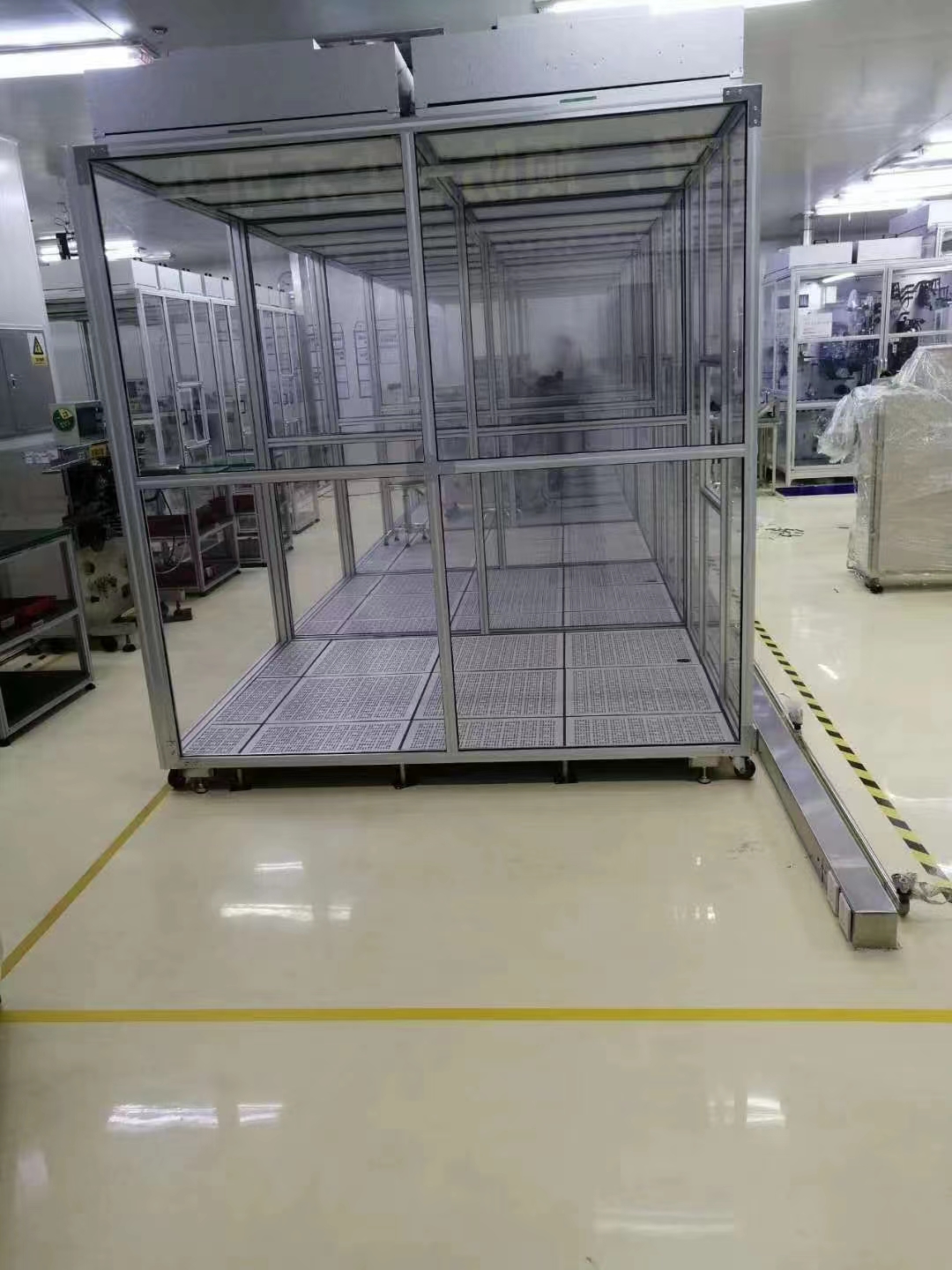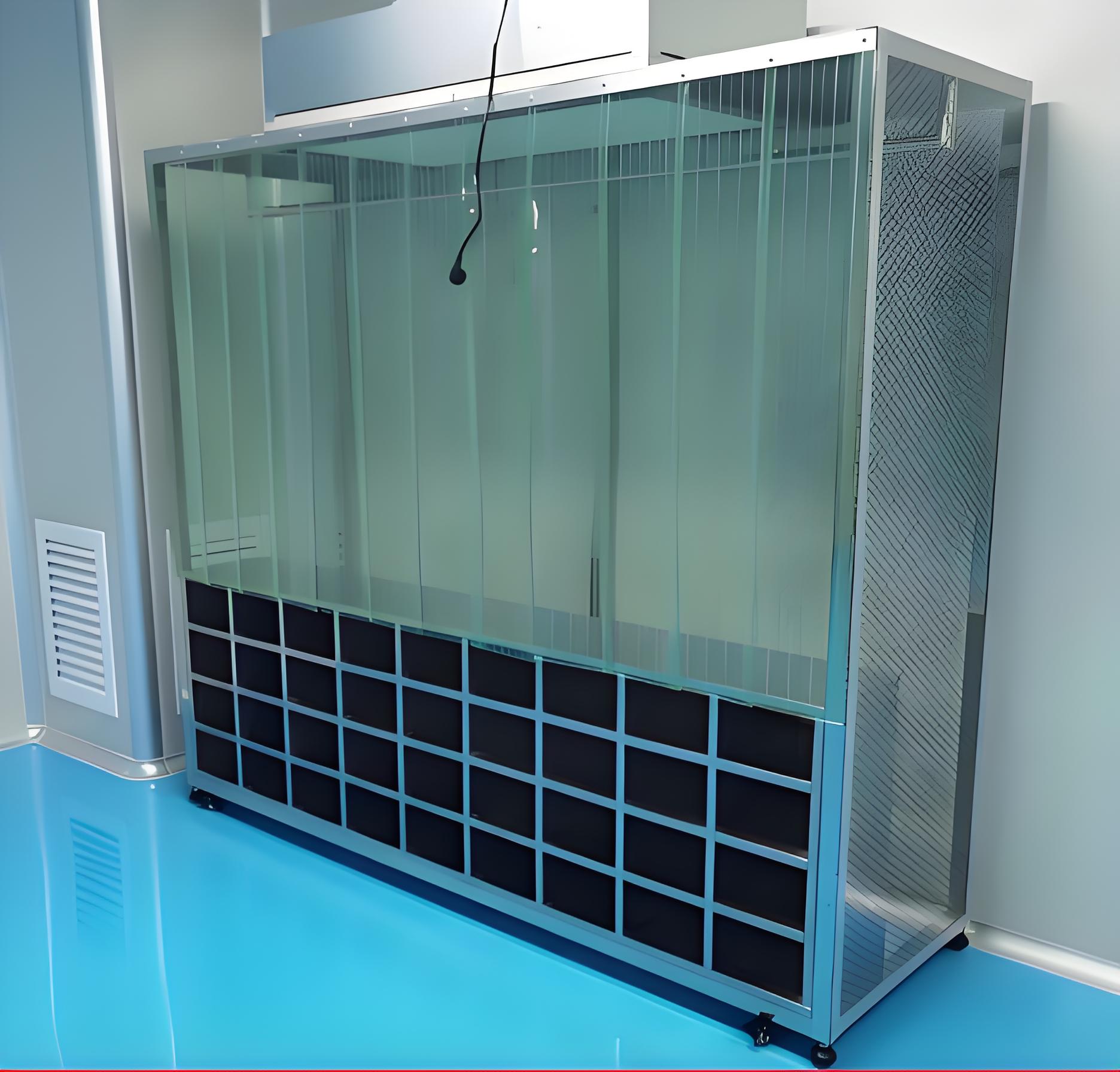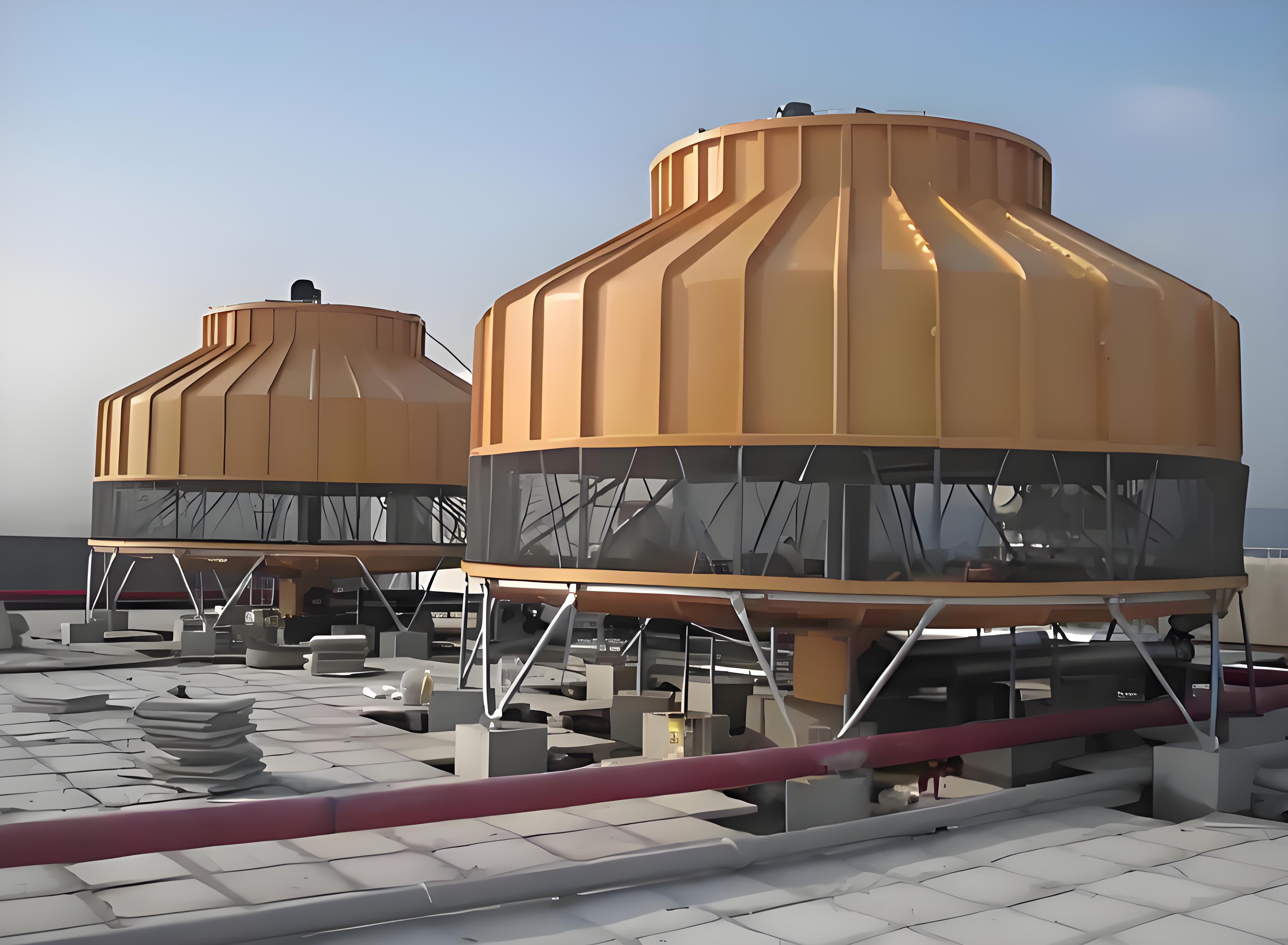
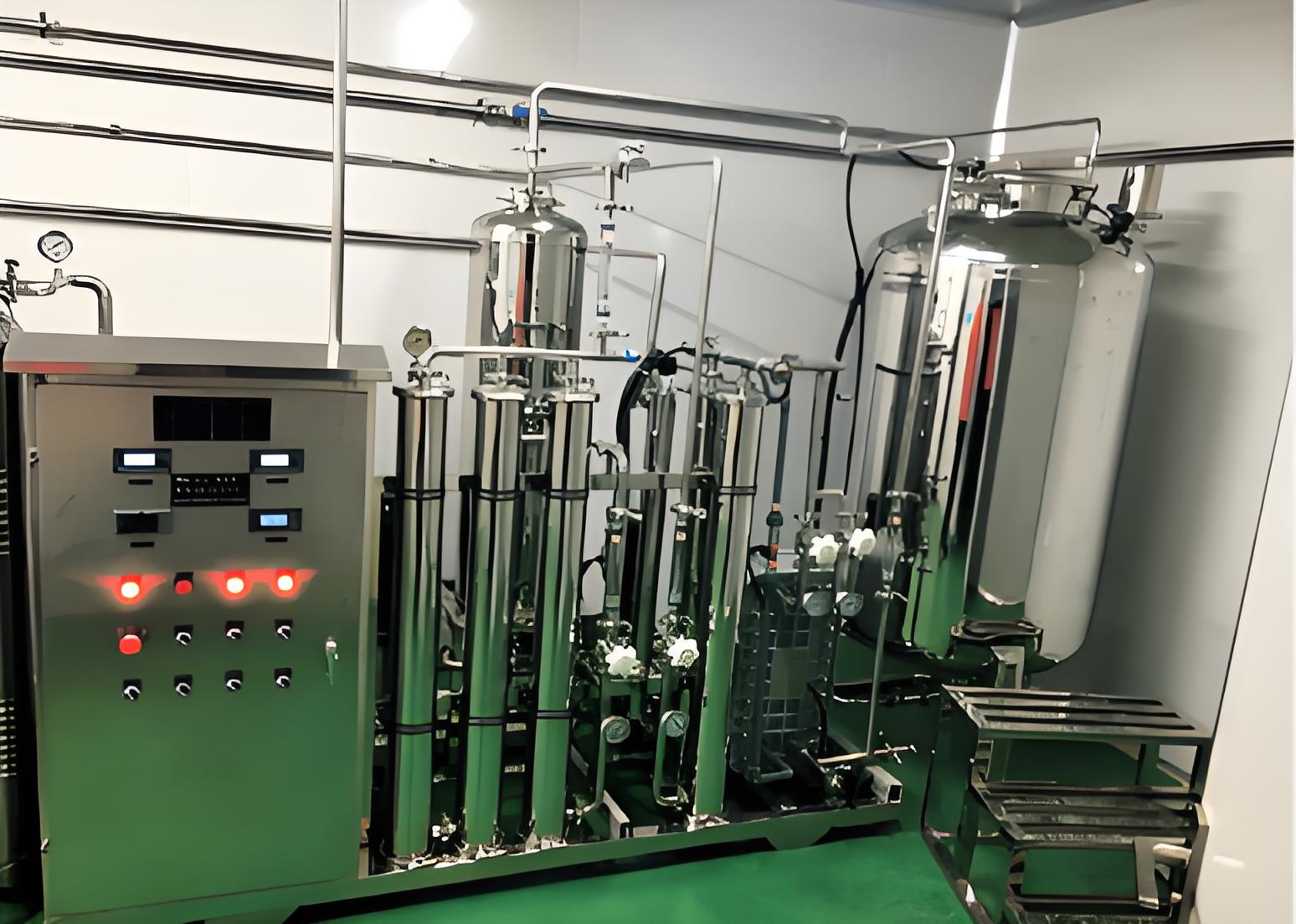
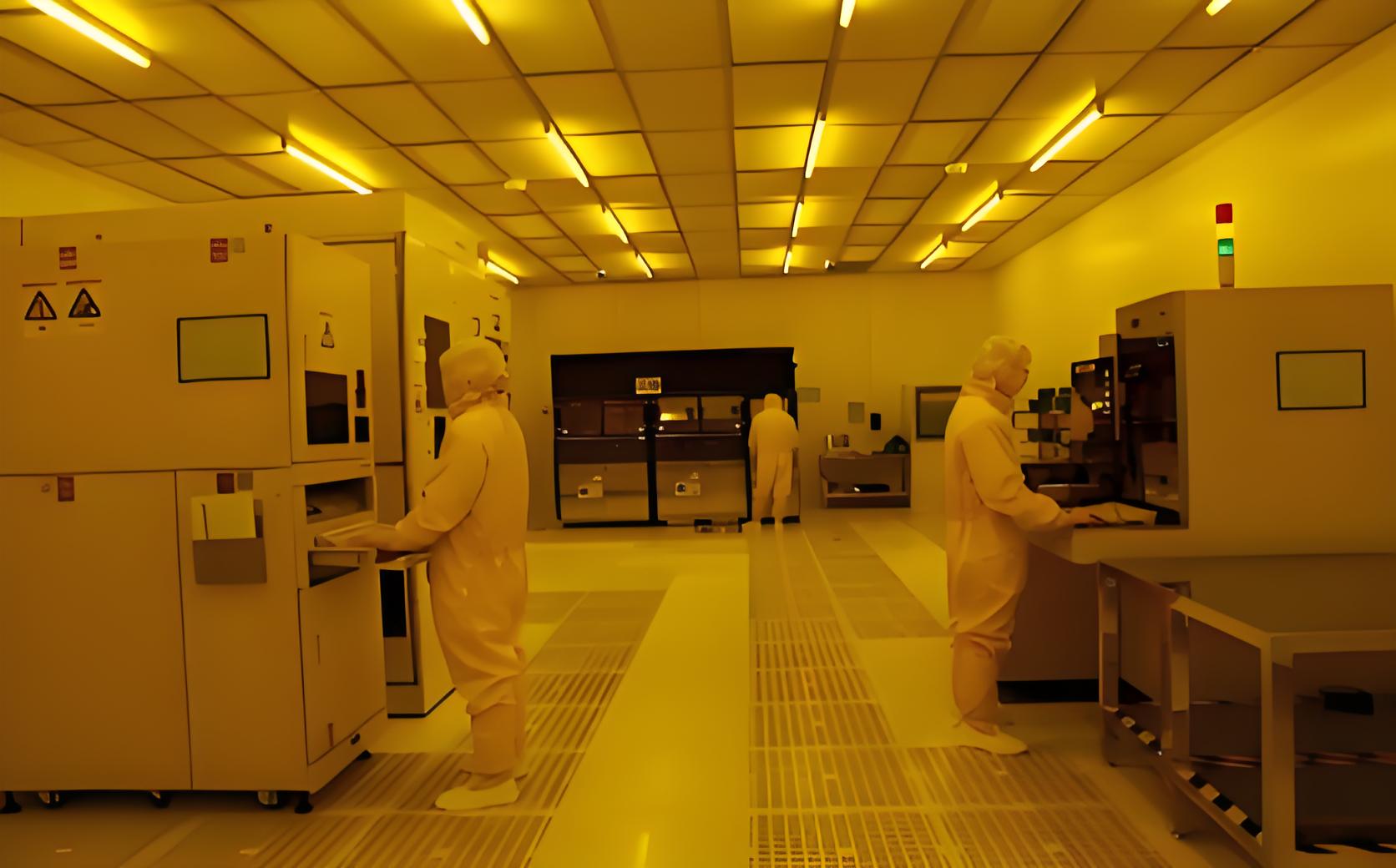

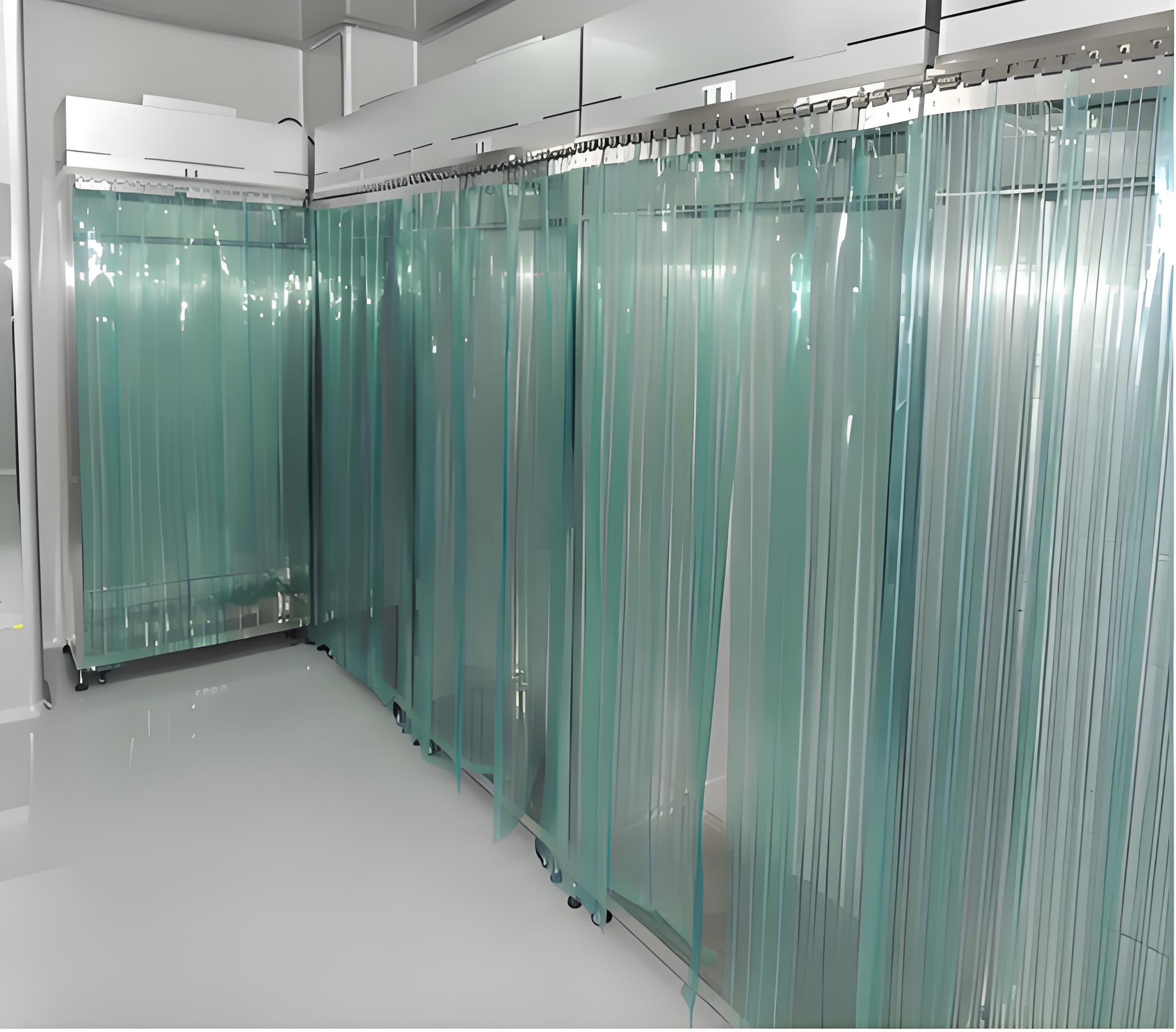
In today's highly regulated industries, from pharmaceuticals to biotechnology and electronics, the concept of a sterile room is more critical than ever. A sterile room, often referred to as a cleanroom in broader terms, is a controlled environment designed to minimize contaminants such as dust, microbes, and airborne particles. These spaces are essential for ensuring product safety, compliance with international standards, and overall operational efficiency. As global demands for precision and hygiene grow, companies like TAI JIE ER have emerged as leaders in providing innovative solutions for sterile room design and maintenance. In this article, we'll dive into practical, actionable strategies that can help you optimize your sterile room operations, drawing from industry best practices and real-world applications. Whether you're setting up a new facility or upgrading an existing one, these insights will guide you through the complexities of sterile room management.
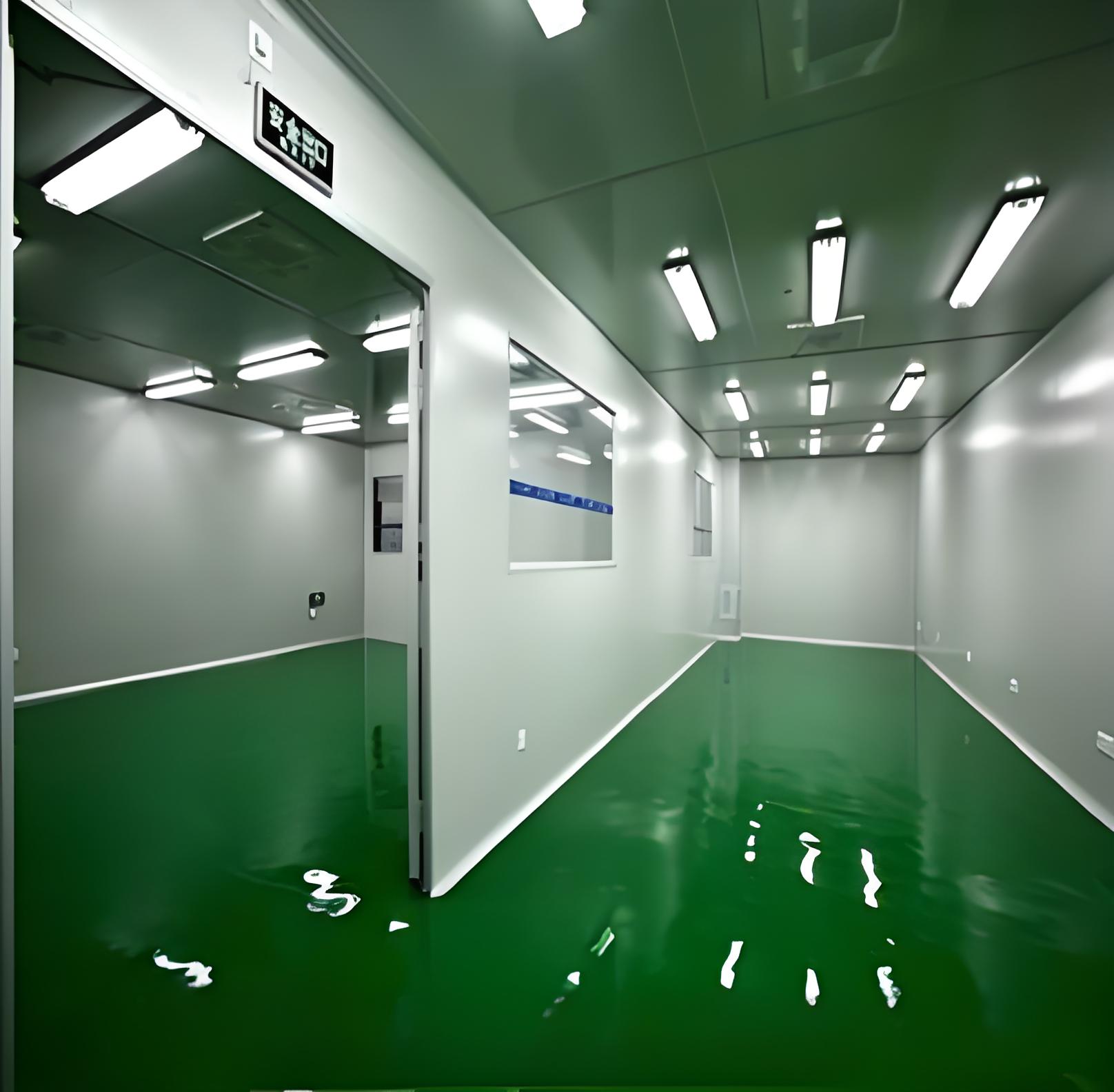
A sterile room is a specialized environment where the concentration of airborne particles is controlled to specific limits, and surfaces are free from microorganisms. Unlike general cleanrooms, which focus on particle counts, a sterile room emphasizes the absence of viable organisms, making it indispensable in sectors like medical device manufacturing, vaccine production, and surgical suites. Key features include high-efficiency particulate air (HEPA) filtration, controlled airflow patterns, and stringent protocols for personnel and material entry. The primary goal is to prevent contamination that could compromise product integrity or patient safety. For instance, in pharmaceutical labs, a sterile room ensures that drugs are produced without microbial contamination, aligning with guidelines from bodies like the FDA and ISO.
In the context of international clean engineering, sterile rooms are classified under standards such as ISO 14644, which defines cleanliness levels based on particle counts per cubic meter. A well-designed sterile room integrates advanced materials, monitoring systems, and procedural controls to maintain sterility. Companies like TAI JIE ER leverage decades of expertise to tailor these environments to client needs, ensuring compliance and efficiency. Understanding this foundation is the first step toward mastering sterile room management.
Sterile rooms play a pivotal role in multiple sectors, driven by the need for contamination control. In healthcare, they are vital for operating theaters and laboratories handling sensitive specimens. A breach in sterility here could lead to infections or failed experiments. Similarly, in the electronics industry, sterile rooms protect microchips from particulate damage during fabrication, which is crucial for device reliability. The food and beverage sector also relies on sterile environments to extend shelf life and prevent spoilage.
From a business perspective, investing in a robust sterile room can reduce costs associated with recalls, rework, and regulatory fines. For example, in pharmaceutical manufacturing, a single contamination event can result in millions in losses and reputational damage. By adhering to international clean engineering standards, organizations can achieve consistent quality and foster trust with stakeholders. TAI JIE ER, for instance, has helped numerous clients enhance their sterile room setups, leading to improved productivity and compliance. As industries evolve, the demand for advanced sterile room solutions continues to rise, underscoring their strategic value.
Designing a sterile room requires a meticulous approach to layout, materials, and systems. Start with airflow management: unidirectional or laminar airflow systems are common in sterile rooms to sweep contaminants away from critical areas. HEPA or ULPA filters are essential, capable of trapping 99.97% of particles as small as 0.3 microns. Materials selection is another cornerstone; surfaces should be non-porous, easy to clean, and resistant to chemicals—think stainless steel or epoxy-coated walls.
Another critical aspect is zoning. Divide the sterile room into graded areas (e.g., Grade A for high-risk operations) to control access and minimize cross-contamination. Incorporate anterooms for gowning and de-gowning, ensuring personnel follow strict hygiene protocols. Lighting and humidity control also matter; ideal conditions prevent microbial growth and enhance worker comfort. In one project, TAI JIE ER implemented a modular sterile room design that allowed for quick reconfigurations, adapting to changing production needs while maintaining sterility. By focusing on these design principles, you can build a sterile room that meets regulatory demands and operational flexibility.
Maintaining a sterile room isn't a one-time task—it's an ongoing process that demands vigilance. Regular monitoring is key: use particle counters, microbial samplers, and environmental sensors to track conditions in real-time. Establish a schedule for filter replacements and surface disinfection, typically using sporicidal agents like hydrogen peroxide vapor. Personnel training is equally important; staff should master aseptic techniques, including proper gowning and hand hygiene, to prevent human-borne contamination.
Routine audits and validation tests, such as those outlined in ISO 14644, help identify gaps before they escalate. For example, perform airflow visualization studies annually to ensure laminarity isn't compromised. In terms of daily operations, implement strict material handling procedures: use pass-through chambers and sterilize all items before entry. TAI JIE ER often emphasizes the use of automated monitoring systems in their sterile room solutions, which reduce human error and provide data-driven insights. By adopting these maintenance practices, you can extend the lifespan of your sterile room and uphold its integrity.
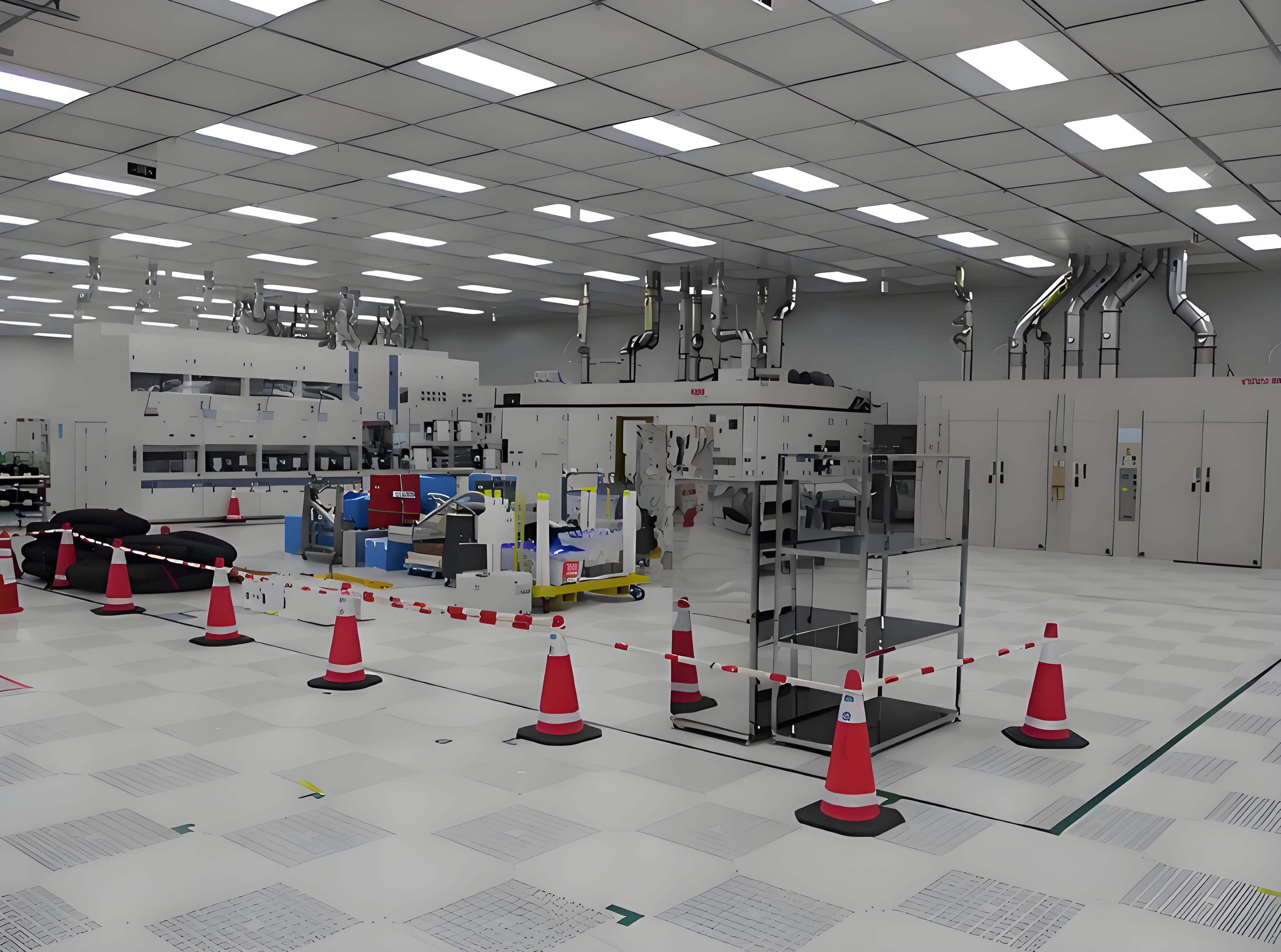
Compliance with international standards is non-negotiable for any sterile room operation. The ISO 14644 series is the gold standard, covering cleanliness classifications, testing methods, and operational requirements. For instance, ISO 14644-1 defines particle count limits for different classes, while Part 2 outlines monitoring protocols. In healthcare, standards like EU GMP Annex 1 provide additional guidelines for sterile medicinal products.
Beyond ISO, regional regulations such as the US FDA's cGMP and the EU's Medical Device Regulation must be integrated into your sterile room strategy. These frameworks ensure that environments are consistently controlled and documented. Regular third-party certifications can validate your compliance, boosting credibility. TAI JIE ER supports clients in navigating these complexities, offering consultation services that align sterile room designs with global norms. Staying updated on evolving standards is crucial, as revisions often reflect new technological advancements and risk assessments.
Even with the best plans, sterile room operators face challenges like contamination outbreaks, equipment failures, and staff non-compliance. A common issue is airflow disruption due to poor maintenance or design flaws, which can lead to particle buildup. To mitigate this, conduct frequent airflow tests and invest in redundant filtration systems. Another challenge is managing human factors; despite training, lapses in protocol can occur. Implement continuous education programs and use access controls to restrict unauthorized entry.
Budget constraints often hinder upgrades, but phased investments can help. Start with critical areas like HEPA filter upgrades or automated monitoring tools. In one case, TAI JIE ER assisted a client in optimizing their sterile room budget by prioritizing high-impact changes, resulting in a 20% reduction in contamination incidents. Additionally, adapting to new technologies, such as IoT-based sensors for real-time data, can preempt problems. By anticipating these hurdles and developing proactive strategies, you can maintain a resilient sterile room environment.
The sterile room landscape is evolving with innovations like smart sensors, robotics, and sustainable materials. IoT devices enable predictive maintenance by alerting teams to potential issues before they affect sterility. Robotics are increasingly used for repetitive tasks, reducing human intervention and contamination risks. For example, automated guided vehicles (AGVs) can transport materials within a sterile room without compromising airflow.
Sustainability is another trend; energy-efficient HVAC systems and recyclable materials are gaining traction, aligning with global green initiatives. TAI JIE ER is at the forefront of integrating these advancements, developing sterile room solutions that balance efficiency with environmental responsibility. As artificial intelligence and machine learning advance, we can expect even smarter sterile rooms that self-optimize based on real-time data. Embracing these trends will not only enhance performance but also future-proof your operations in a competitive market.
In conclusion, mastering sterile room management involves a blend of robust design, diligent maintenance, and adherence to standards. By applying the strategies discussed—from airflow control to staff training—you can create an environment that safeguards product quality and compliance. Companies like TAI JIE ER continue to drive innovation in this field, offering tailored solutions that address modern challenges. As you refine your sterile room practices, remember that continuous improvement is key to staying ahead in the dynamic world of clean engineering.
Q1: What is the primary difference between a sterile room and a standard cleanroom?
A1: While both control airborne particles, a sterile room specifically targets the elimination of viable microorganisms, making it essential for applications like surgery or sterile product manufacturing. In contrast, a standard cleanroom focuses on particle counts without necessarily ensuring sterility, often used in electronics or general manufacturing. Sterile rooms require more rigorous protocols, such as frequent disinfection and microbial monitoring.
Q2: How often should a sterile room be validated or recertified?
A2: Validation should occur at least annually, as per ISO 14644 standards, or after any significant modifications. This includes tests for particle counts, airflow velocity, and filter integrity. However, in high-risk industries like pharmaceuticals, more frequent checks—such as quarterly monitoring—might be necessary to maintain compliance and prevent contamination.
Q3: What are the most common sources of contamination in a sterile room?
A3: The main sources include personnel (through skin cells or improper gowning), materials (unsterilized equipment), and environmental factors (like air leaks or dirty filters). Human error accounts for over 70% of incidents, highlighting the need for continuous training and strict access controls in sterile room management.
Q4: Can a sterile room be upgraded without shutting down operations entirely?
A4: Yes, through phased upgrades or modular designs. For instance, you might update HEPA filters during planned downtime or install temporary barriers to isolate sections. Companies like TAI JIE ER specialize in minimally disruptive upgrades, ensuring that sterile room functionality is maintained while implementing improvements.
Q5: What role do HEPA filters play in maintaining a sterile room environment?
A5: HEPA filters are critical for removing airborne particles and microorganisms, providing the clean airflow necessary for sterility. They trap contaminants as small as 0.3 microns with high efficiency, and their proper installation and maintenance are vital for meeting ISO classifications. Regular testing ensures they perform optimally in any sterile room setup.
This article is inspired by industry insights and innovations from TAI JIE ER, a trusted name in clean engineeringsolutions. For more information on optimizing your sterile room, visit their website or contact their expert team.


